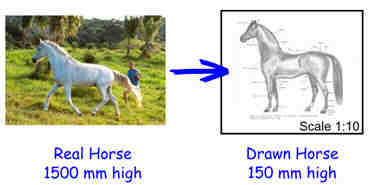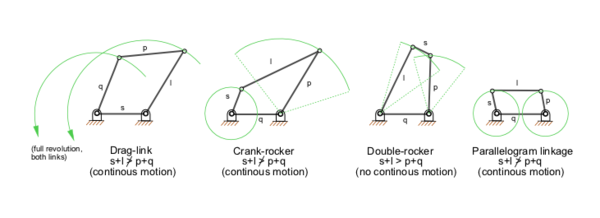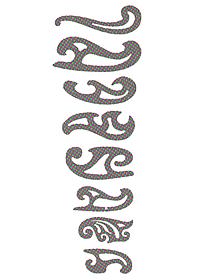Believe it or not, this was a result of my creativity and boredom about 5 years ago. The times where I'm still fond of sketching figures. I cannot exactly remember why I ended up drawing Pooh and Tigger but at least they are here now. I'll share to you how I made them.
I started drawing Pooh and Tigger on a piece of paper, at the back of a scratch paper (as I've said it was a result of boredom). Luckily, I was able to save it from being crumpled and thrown in to a trashcan. Then after some time, I decided to put some colors on it and to practice my Photoshop skills; so I took a picture of it using our digital camera since our scanner has stopped working. The black and white version on the upper right hand corner was my original drawing. Finally, I edited the picture on Adobe Photoshop using the skills and techniques learned from self-exploration and computer subjects.
This is the only drawing that I have edited and added colors on it. I will find time to look for my other drawings and will try to share those too.
What can you say?

























